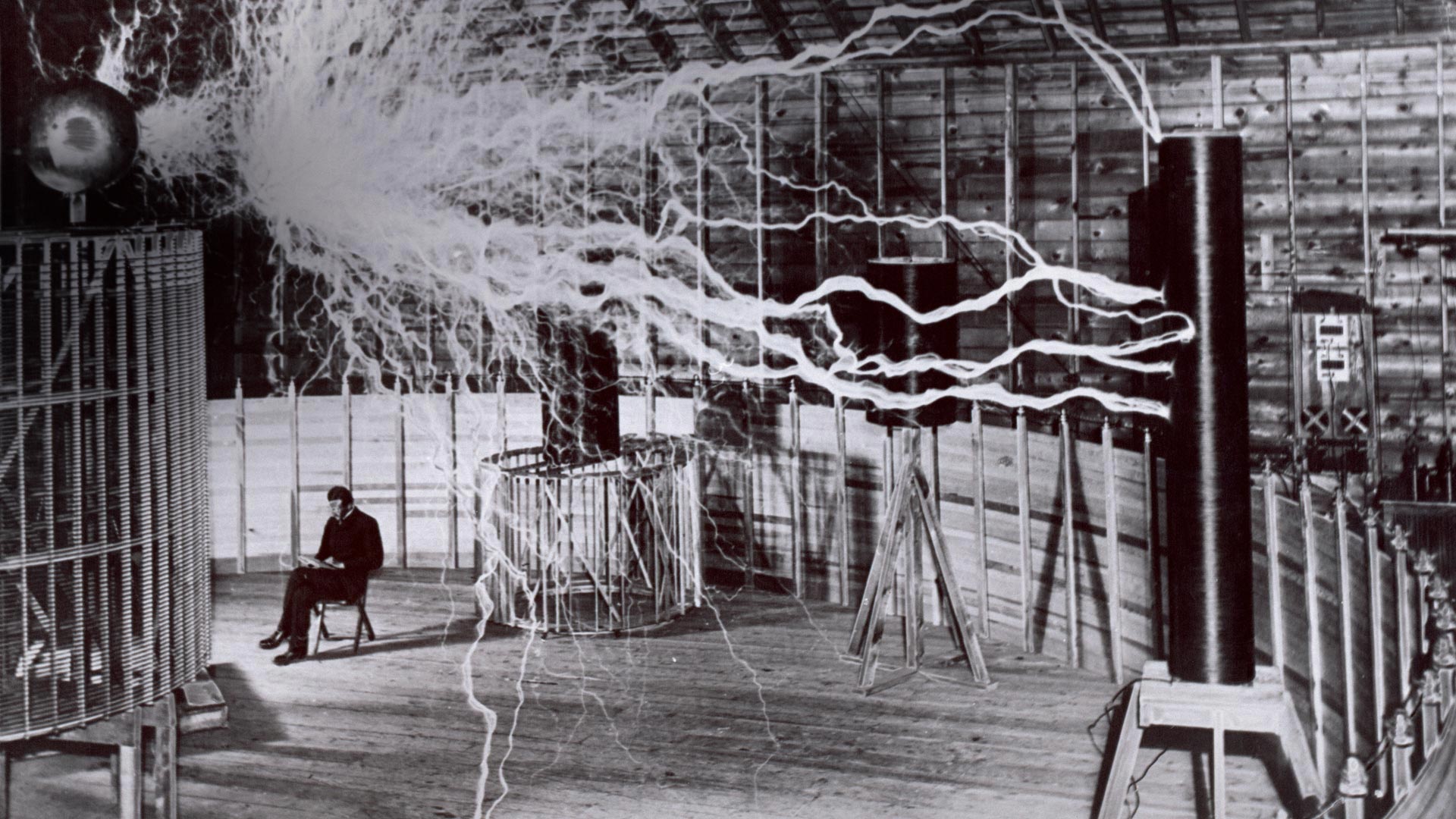Introduction
Medical waste management is a crucial issue for healthcare facilities around the world. Improper disposal of medical waste can lead to environmental pollution, public health risks, and high disposal costs. In recent years, there has been a growing interest in finding sustainable and cost-effective solutions for managing medical waste. One such approach is utilizing the heat value of medical waste to generate energy, which not only helps in waste reduction but also provides economic benefits.
Heat Value of Medical Waste
Medical waste, which includes materials such as used syringes, bandages, and expired medications, has a significant heat value. When combusted at high temperatures, medical waste can generate steam, which can then be used to power turbines and generate electricity. This process, known as waste-to-energy, not only helps in reducing the volume of medical waste but also provides a renewable source of energy.
Economic Potential
The heat value of medical waste presents a significant economic potential for healthcare facilities. By harnessing the energy generated from medical waste, facilities can reduce their reliance on traditional energy sources and cut down on energy costs. Additionally, some facilities may even be able to sell excess energy back to the grid, generating additional revenue.
Environmental Benefits
In addition to the economic advantages, utilizing the heat value of medical waste also has environmental benefits. By diverting medical waste from landfills and incinerators, healthcare facilities can reduce their carbon footprint and minimize greenhouse gas emissions. This not only helps in protecting the environment but also contributes towards meeting sustainability goals.
Challenges and Considerations
While the concept of utilizing the heat value of medical waste is promising, there are some challenges and considerations to keep in mind. Healthcare facilities need to ensure that proper waste segregation and handling procedures are in place to avoid contamination. Additionally, regulatory requirements and permits may be needed for the installation of waste-to-energy systems.
Conclusion
In conclusion, harnessing the heat value of medical waste presents a greener and more sustainable approach to medical waste management. By generating energy from medical waste, healthcare facilities can not only reduce their waste disposal costs but also contribute towards a cleaner environment. With the right infrastructure and planning, the economic potential of heat value can be a win-win situation for both healthcare facilities and the environment.








